I grew up in a house full of women. I am the last of four sisters, raised primarily by my mother. She was the first of 7 siblings, only 2 of which were brothers, and was brought up by her mother, who was a divorced, career-woman. The estrogen is strong with my family, and so I always looked for, and expected to find, strong women in the world around me.
Just like Libby mentioned in her post on Esther, I used to read through the list of books in the standard works seeking out stories about women. Ruth didn’t resonate with me at the time, but my understanding and appreciation of this story has changed, initially due to my exposure to a brilliant documentary on gleaning, and later due to my job as a caregiver in a Jewish home, where I had the opportunity to attend synagogue and learn about biblical laws with context.
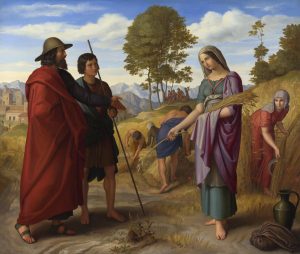
On its surface, the story of Ruth is straightforward – her husband and Father-in-Law die, she travels with her Mother in Law to Naomi’s homeland, she picks up some grain, and marries the landowner. But there are a few biblical laws that drive the actions of this book. First, landowners were commanded to pass over their fields and orchards only once, and leave the remnant of their crop to be gleaned by widows, orphans, and strangers. Second, there are laws governing the role of the kinsman-redeemer, the male relative whose job it is to save the poor widow (or other family member in need).
Ruth was married to Naomi’s son, and upon his death she dedicated herself to Naomi rather than return to her own family. Naomi entreated Ruth to go, saying that she had no other husband to give her, but Ruth wasn’t after a husband. Ruth clave unto Naomi; it’s interesting that the same verb, to cleave, is used both here and to describe marriage. Ruth dedicated herself completely to Naomi, vowing to adopt Naomi’s people and religion, and stay with her until death parted them. Ruth clearly loved her Mother-in-Law deeply.
They traveled together to the land of Naomi’s kin, and arrived in time for harvest. Ruth undertook the humble work of gleaning in a grain field, following the reapers and gathering their leftovers for herself and for Naomi. It was Boaz’s field, of course, and he was interested, or at least interested enough to advise his reapers to drop extra grain for Ruth to collect.
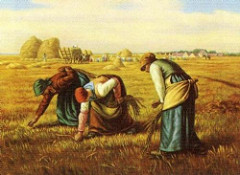
The story follows events that lead up to Ruth marrying Boaz, but to me, that’s not what the book is about –it’s not a boy-meets-girl story, but about the love and dedication of women. Ruth and Naomi are in the same boat – they’re widows. Ruth loved Naomi and wanted to care for her needs, and she had one tool in her tool belt: marriage. It would be appropriate for them to be claimed by the closest male family member, who had the right to them as their kinsman-redeemer, but these ladies don’t wait for their kinsman-redeemer to show up. Instead, they choose their own. Ruth takes action to ensure her and Naomi’s care and comfort by going and lying near Boaz’s feet on the threshing floor. She takes initiative and asks him to marry her, to act as the kinsman-redeemer for herself and her property. She takes this bold step to ensure security for herself and Naomi.
I don’t read this as a story about a girl who gets married. I read this as a story about a strong young woman who does what she can with what she has to take care of her family. I see it as a description of love and dedication and friendship between women.


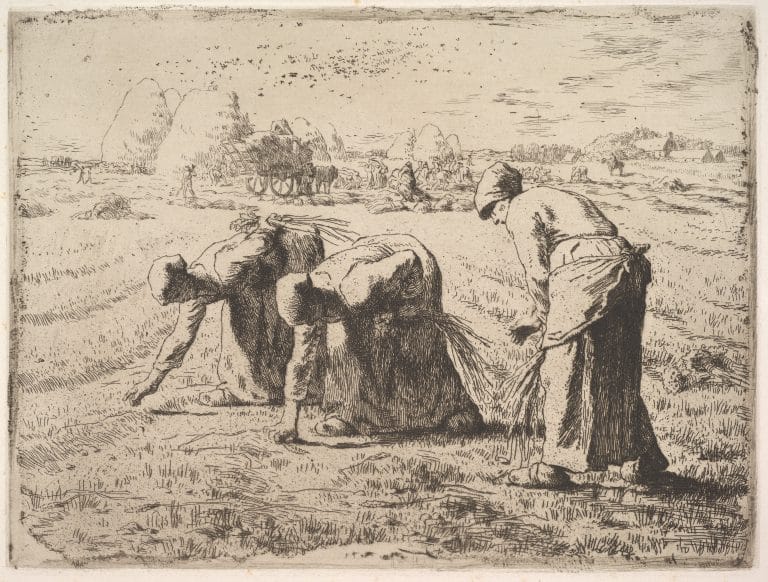
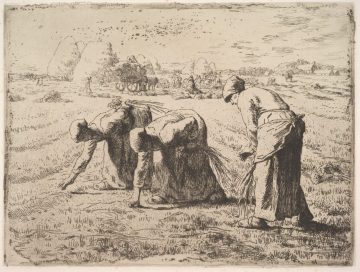
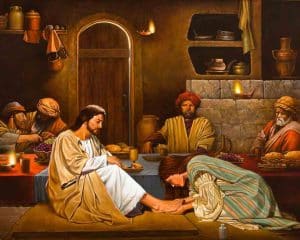
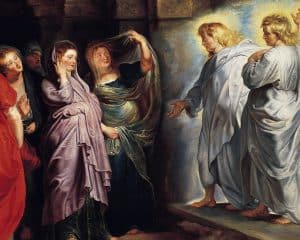
3 Responses
I agree with your conclusion. God bless.
The story of Ruth has long been a favourite of mine– because of the points your bring up. In my experience, I’ve had church lessons look at Ruth as one who has testimony of the church– rather than as testimony of the spiritual and moral action of being loyal to Naomi: it is presented as a missionary-win, which leaves me unsatisfied. I love your conclusion, and I love how you have presented this story. Thank you so, so much!
I’ve had similar lessons, where the conversion is what’s celebrated. Thanks for organizing this series! It’s been great! 🙂